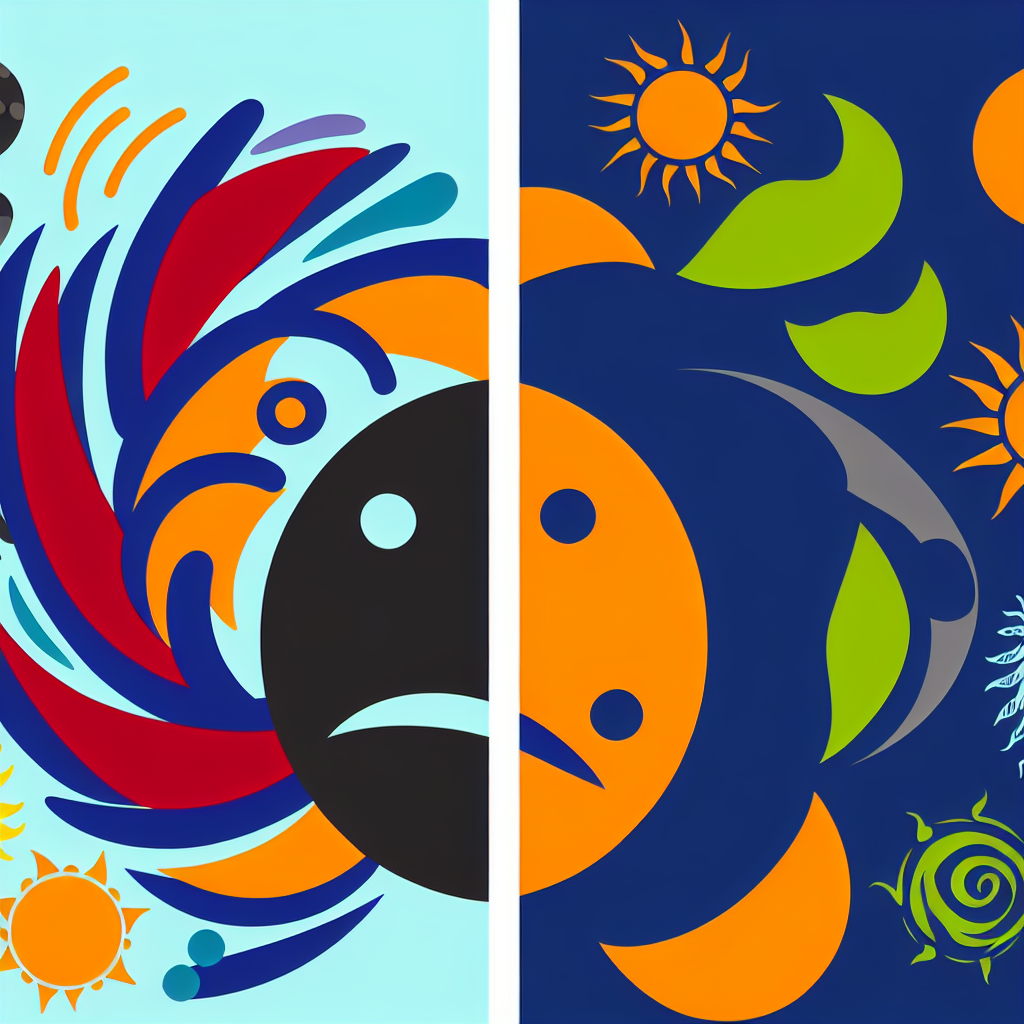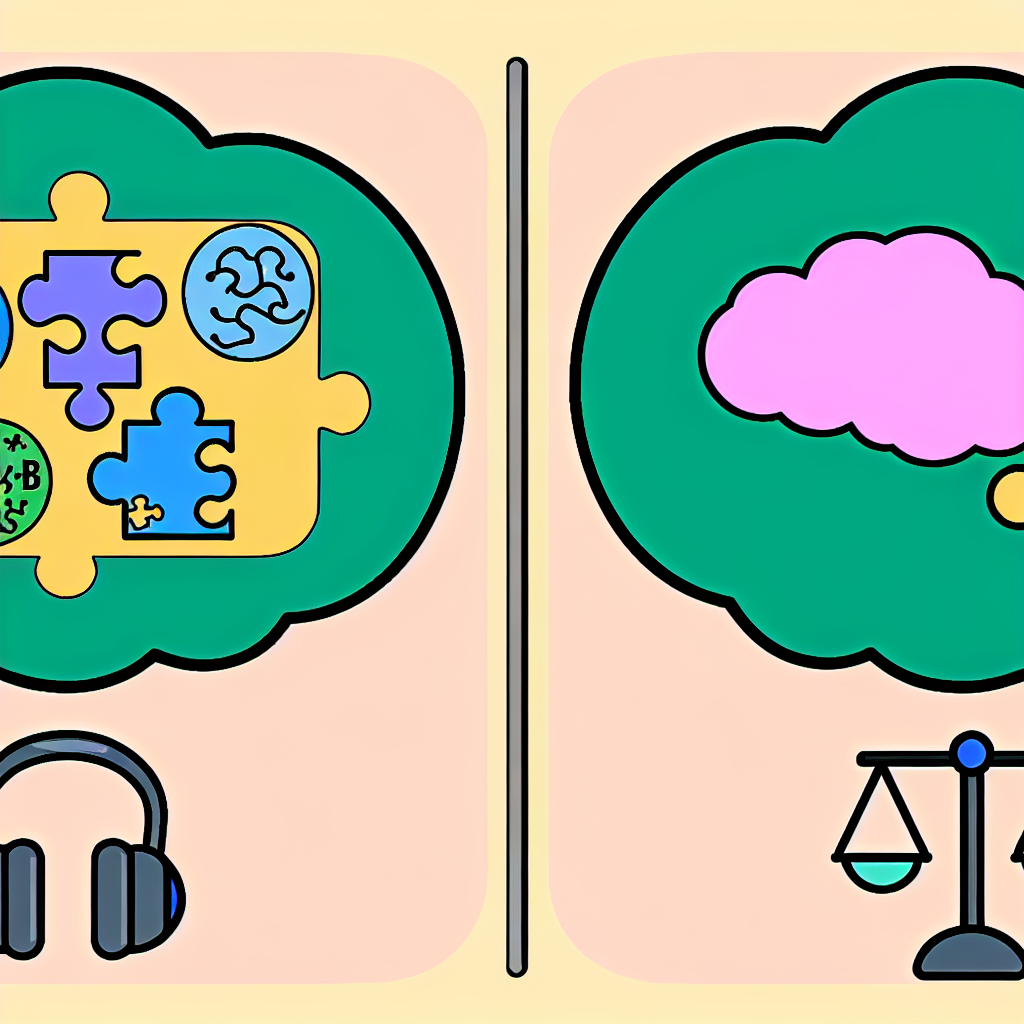What is Bipolar Disorder? Breaking Down the Basics
Introduction to Bipolar Disorder
Bipolar Disorder is a complex mental health condition characterized by extreme mood swings that include emotional highs (mania or hypomania) and lows (depression). It affects millions of people worldwide and can significantly impact daily life and relationships.
Understanding Bipolar Disorder is crucial for early diagnosis and effective management. This condition is often misunderstood, leading to stigma and delayed treatment.
While Bipolar Disorder can be challenging, it is manageable with the right combination of medication, therapy, and lifestyle changes.
In this article, we will break down the basics of Bipolar Disorder, including its symptoms, causes, types, and treatment options.
Whether you are seeking information for yourself or a loved one, this guide will provide valuable insights into this mental health condition.
Let’s explore the intricacies of Bipolar Disorder and how it affects individuals differently.
Understanding Mood Episodes
Mood episodes are the hallmark of Bipolar Disorder. These episodes can range from manic highs to depressive lows, each presenting unique challenges.
Manic episodes are characterized by heightened energy, euphoria, and impulsive behavior. Individuals may feel invincible, leading to risky decisions.
Depressive episodes, on the other hand, involve feelings of sadness, hopelessness, and a lack of energy. These episodes can make daily tasks feel overwhelming.
Some individuals experience mixed episodes, where symptoms of mania and depression occur simultaneously, adding complexity to the condition.
The duration and intensity of mood episodes vary from person to person, making Bipolar Disorder a highly individualized condition.
Recognizing the signs of mood episodes is essential for effective management and treatment.
Types of Bipolar Disorder
Bipolar Disorder is classified into several types, each with distinct characteristics. The most common types include Bipolar I, Bipolar II, and Cyclothymic Disorder.
Bipolar I Disorder involves severe manic episodes that may require hospitalization. Depressive episodes are also common but not always present.
Bipolar II Disorder is characterized by hypomanic episodes, which are less severe than mania, and depressive episodes. This type is often misdiagnosed as depression.
Cyclothymic Disorder involves milder mood swings that persist for at least two years. While less intense, these mood changes can still disrupt daily life.
Other specified and unspecified Bipolar Disorders include cases that don’t fit neatly into the above categories but still involve mood disturbances.
Understanding the type of Bipolar Disorder is crucial for tailoring treatment plans to individual needs.
Symptoms of Bipolar Disorder
The symptoms of Bipolar Disorder vary depending on the type and phase of the condition. Common symptoms include mood swings, changes in energy levels, and altered behavior.
During manic episodes, individuals may experience increased talkativeness, reduced need for sleep, and a heightened sense of self-importance.
Depressive episodes often involve feelings of worthlessness, difficulty concentrating, and changes in appetite or sleep patterns.
Mixed episodes combine symptoms of mania and depression, leading to emotional instability and confusion.
Symptoms can also include irritability, anxiety, and difficulty maintaining relationships or employment.
Early recognition of these symptoms can lead to timely intervention and better outcomes.
Causes and Risk Factors
The exact cause of Bipolar Disorder is unknown, but it is believed to result from a combination of genetic, biological, and environmental factors.
Family history plays a significant role, as individuals with relatives who have Bipolar Disorder are at higher risk.
Biological factors, such as imbalances in brain chemicals like serotonin and dopamine, may contribute to the condition.
Stressful life events, trauma, and substance abuse can act as triggers for mood episodes in susceptible individuals.
Other risk factors include hormonal changes, sleep disturbances, and certain medical conditions.
Understanding these causes and risk factors can help in developing preventive strategies and personalized treatment plans.
Diagnosing Bipolar Disorder
Diagnosing Bipolar Disorder
involves a comprehensive evaluation by a mental health professional. This includes a detailed medical history, psychological assessment, and observation of symptoms.
Doctors often use diagnostic criteria from the DSM-5 (Diagnostic and Statistical Manual of Mental Disorders) to identify the type and severity of the condition.
It is important to differentiate Bipolar Disorder from other mental health conditions, such as depression or anxiety, to ensure accurate diagnosis.
Family input and self-reported symptoms can provide valuable insights during the diagnostic process.
Early diagnosis is key to managing Bipolar Disorder effectively and preventing complications.
If you suspect you or a loved one may have Bipolar Disorder, seeking professional help is the first step toward recovery.
The Role of Genetics and Biology
Genetics and biology play a significant role in the development of Bipolar Disorder. Studies show that the condition often runs in families.
Research has identified specific genes associated with Bipolar Disorder, although no single gene is solely responsible.
Biological factors, such as brain structure and function, also contribute to the condition. Imaging studies have revealed differences in the brains of individuals with Bipolar Disorder.
Imbalances in neurotransmitters, such as serotonin and dopamine, are believed to affect mood regulation and contribute to symptoms.
Understanding the genetic and biological underpinnings of Bipolar Disorder can lead to more targeted treatments and interventions.
Ongoing research continues to uncover new insights into the complex nature of this mental health condition.
Impact on Daily Life and Relationships
Bipolar Disorder can significantly impact daily life, affecting work, education, and personal relationships.
Mood swings may lead to difficulties in maintaining consistent performance at work or school.
Relationships can be strained due to unpredictable behavior and emotional instability during mood episodes.
Financial challenges may arise from impulsive spending during manic episodes or inability to work during depressive phases.
Despite these challenges, many individuals with Bipolar Disorder lead fulfilling lives with proper treatment and support.
Building awareness and understanding among family, friends, and colleagues can foster a supportive environment for those affected.
Treatment Options for Bipolar Disorder
Treatment for Bipolar Disorder typically involves a combination of medication, therapy, and lifestyle changes.
Medications such as mood stabilizers, antipsychotics, and antidepressants are commonly prescribed to manage symptoms.
Psychotherapy, including cognitive-behavioral therapy (CBT) and interpersonal therapy, can help individuals develop coping strategies and improve relationships.
Lifestyle changes, such as maintaining a regular sleep schedule and reducing stress, play a crucial role in managing Bipolar Disorder.
Support groups and educational resources can provide additional tools for coping and recovery.
It is important to work closely with healthcare providers to find the most effective treatment plan for individual needs.
Medication and Therapy Approaches
Medications are a cornerstone of Bipolar Disorder treatment. Mood stabilizers like lithium are often used to prevent mood swings.
Antipsychotic medications may be prescribed during manic episodes to reduce symptoms such as hallucinations or delusions.
Antidepressants are sometimes used during depressive episodes but must be carefully monitored to avoid triggering mania.
Therapy approaches, such as CBT, focus on identifying negative thought patterns and replacing them with healthier behaviors.
Family therapy can help improve communication and understanding among loved ones, fostering a supportive environment.
Combining medication and therapy often yields the best results for managing Bipolar Disorder effectively.
Coping Strategies and Lifestyle Changes
Coping strategies are essential for managing Bipolar Disorder and improving quality of life.
Maintaining a regular sleep schedule can help stabilize mood and reduce the risk of mood episodes.
Engaging in physical activity, such as yoga or walking, can boost mental health and reduce stress.
Mindfulness practices, such as meditation, can help individuals stay grounded during emotional highs and lows.
Building a strong support network of family, friends, and mental health professionals is crucial for coping with challenges.
Tracking mood changes and triggers can provide valuable insights for managing symptoms effectively.
Seeking Support and Building Awareness
Seeking support is a vital step in managing Bipolar Disorder. Professional help, such as therapy and medication, can make a significant difference.
Support groups provide a safe space for individuals to share experiences and learn from others facing similar challenges.
Building awareness about Bipolar Disorder can help reduce stigma and promote understanding in society.
Educational campaigns and resources can empower individuals to seek help and advocate for mental health awareness.
Family and friends play a crucial role in providing emotional support and encouragement during difficult times.
If you or someone you know is struggling with Bipolar Disorder, don’t hesitate to reach out for help. Visit Prashast.org for resources on disability screening and inclusive education.
Conclusion
Bipolar Disorder is a complex mental health condition that affects millions of people worldwide. Understanding its symptoms, causes, and treatment options is essential for effective management.
While Bipolar Disorder presents challenges, it is manageable with the right combination of medication, therapy, and lifestyle changes.
Building awareness and seeking support can empower individuals to lead fulfilling lives despite the condition.
If you suspect you or a loved one may have Bipolar Disorder, don’t hesitate to seek professional help. Early diagnosis and intervention can make a significant difference.
Remember, you are not alone in this journey. Support is available, and recovery is possible.
Visit Prashast.org for resources on disability screening and inclusive education.
FAQ
- What is Bipolar Disorder?
- Bipolar Disorder is a mental health condition characterized by extreme mood swings, including manic highs and depressive lows.
- What are the types of Bipolar Disorder?
- The main types include Bipolar I, Bipolar II, Cyclothymic Disorder, and other specified or unspecified Bipolar Disorders.
- How is Bipolar Disorder treated?
- Treatment typically involves medication, therapy, lifestyle changes, and support groups to manage symptoms effectively.
- Can Bipolar Disorder be cured?
- While there is no cure for Bipolar Disorder, it is manageable with proper treatment and coping strategies.
- Where can I find resources for Bipolar Disorder?
- You can visit <a href=”https://www.prashast.org”> Prashast Connect </a>



